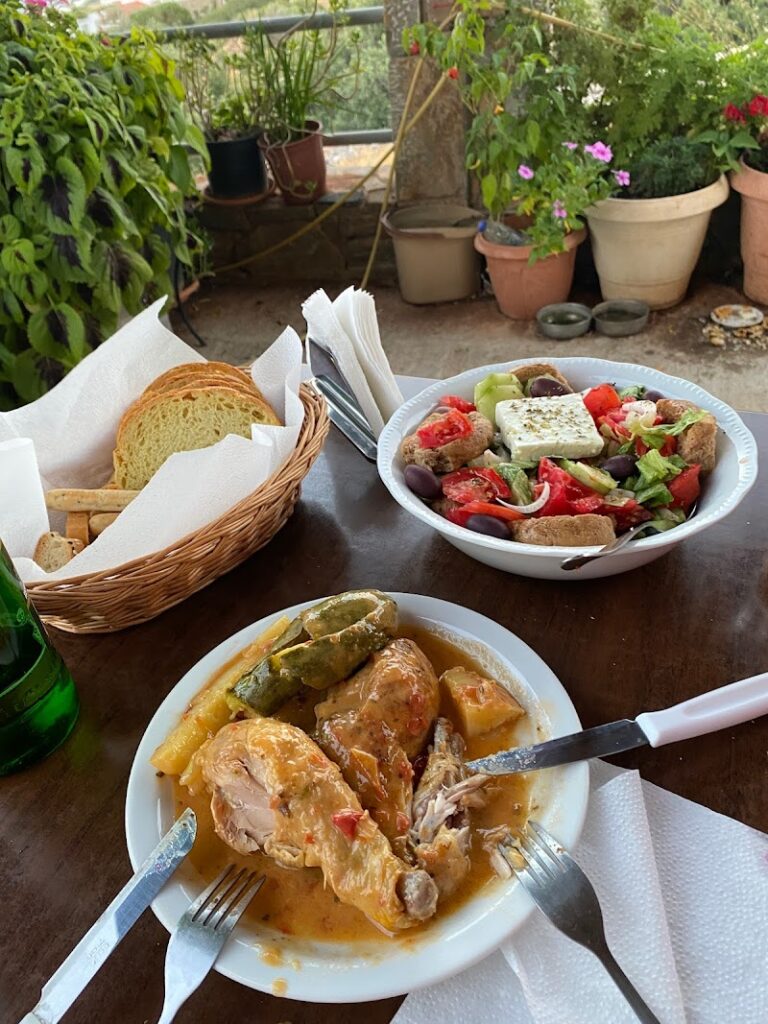These images are powered by
Ancient Naxos at Oxa
Place description
The ancient city of Itanos was a powerful city in Crete, particularly during the Hellenistic and Greco-Roman periods. The name Itanos comes from its founder, who originated from Phoenicia. At its peak, the city’s territory extended from Cape Samonio (now known as Cape Sidero) to Cape Erythrae (present-day Cape Goudouras). The city prospered due to the trade of glass, fishing, and Tyrian purple, a red dye derived from shell extracts. Koufonissi Island, owned by Itanos, was renowned for its purple production. Additionally, Palekastro was home to the temple of Diktaean Zeus, which brought significant profits to the region. The city was situated near the famous palm grove of Vai in East Crete.
Itanos’ power was evident in its impressive marble buildings, temples dedicated to Asclepius, Zeus, Tyche, Athena, and its own currency featuring the face of its protector, Athena. The city was a major rival of Praesus (near today’s Nea Presos) and Ierapytna (now Ierapetra). The primary point of contention was the majestic Temple of Diktaean Zeus and Koufonissi. Praesus managed to incorporate the Temple of Zeus into its territory, but Itanos regained it in 150 BC with the assistance of its Egyptian allies. A relevant inscription can still be seen on the wall of the Toplou Monastery, located a few miles to the west. After four years, the impoverished Praesus was destroyed by Ierapytna, leaving only Itanos and Ierapytna as the main players. As a result, disputes over the temple of Zeus and Koufonissi quickly escalated. Itanos began to decline in 795 AC due to an earthquake causing land subsidence, and it was further damaged by an Arab attack in the 9th century. However, even during this period, Itanos survived, as evidenced by its grand Christian churches. The city was not abandoned until the 15th century when repeated Arab raids forced its inhabitants to leave the coastal areas. It is believed that the residents founded the present-day village of Sitanos, near Nea Presos and Karydi, in the Zakros mountains.
Today, visitors can explore the archaeological site and admire various ruins such as the large tower on the western acropolis built with black stones, the grand Christian church in the eastern citadel of the Hellenistic settlement, the two Early Christian churches at the base of the hill leading to Vai, and the cemetery outside the town.
Review stats
Excellent0%
Very good0%
Good0%
Fair0%
Poor0%
Ancient Naxos at Oxa has received 0 reviews with an average rating of out of 5
User reviews
Explore other places near Ancient Naxos at Oxa
- 1.8 km
- ( 4.8 ) / 5

- 1.9 km
- ( 4.9 ) / 5

- 2.3 km
- ( 4.7 ) / 5

- 2.3 km
- Restaurants
- ( 4.7 ) / 5

- 2.3 km
- ( 4.9 ) / 5

- 2.3 km
- Bars, Cafes
- ( 5 ) / 5

No results available
Reset








